So, you have a great idea for a media and entertainment app: what’s the next step in taking your idea to creation? In addition to working knowledge of an appropriate coding language, developers can follow a few best-practices to achieve app success. In the newest infographic series created by our Media & Entertainment Working Group, we explore The DNA of Successful Media & Entertainment Apps, with our focus beginning with design and development. To achieve efficient design and development, developers need to create a simple user experience and design for as many platforms as possible.
User Experience
If an app fails to meet a customer’s expectations, they are likely to delete the app without much use. However, developers help ensure a positive experience for their users by keeping the following questions in mind:
Is the user experience unique and engaging?
App users can be engaged through various forms of design and development, and most of these strategies are simple additions for developers. The size and font of text used in an app often determines how much attention that part of your app draws. For example, larger, bolder font demands attention, while small or lighter text can be easily ignored. “If users can’t read the words in your app, it doesn’t matter how beautiful the typography is,” says the iOS Human Interface Guidelines.
Similarly, color schemes can draw an app user’s eye, create emphasis, and evoke an emotional response. While “most people prefer color rather than achromatic” apps, developers should make conscious color choices in order to avoid distracting the app’s users. However, utilizing a unique, yet appropriate, color scheme will improve the user experience.
Is the app clear and focused?
No one wants to play a game that feels pointless. According to Appboy, “If users feel frustrated because they’re unable to find what they want or aren’t properly directed through the app, they’re likely to give up quickly.” Developers should work to cut the dead ends out of their app and ensure the user flow is intuitive throughout the app. While there are different strategies to optimize user flow, the goal is to showcase an app’s main feature while guiding a user seamlessly through the rest of the app.
Are the menus simple?
Menus come in different shapes and sizes, but much like the last question, they need to be clear and focused. Would an app user from any country understand the icons in your menu? Can the text in your menu be localized if you plan to market your app globally? With simplicity in mind, developers should create menus that minimize the choices but also support the intuitive user flow created.
Cross-Platform Development
Platform requirements can present major obstacles for users, especially when an app isn’t available for download on their devices. According to StartApp, “developing an app for only one OS will cut off a huge user base, so modern devs need to have a cross-platform plan when they begin coding. Luckily, there are many cross-platform development engines popping up across the internet which are designed to assist mobile app developers with porting their apps across the major operating systems.” Developers should tailor apps to a variety of platforms, operating systems and screen sizes as excluding these app users can put a dent in revenue. However, when it comes to developing a cross-platform plan, both strategic thinking and app sustainability come into play.
Strategic Thinking
Even after a developer decides to develop for multiple platforms, choices need to be made in terms of which direction to head. Should the app be released across all platforms simultaneously? Should the app be released on the platform with the largest audience first? A previous Apps Alliance whitepaper notes, “If they opt for staggered releases, then they most often choose between iOS and Android as the best starting point. This choice is both commercial and technical because Android apps (Java) are typically free with embedded advertising and Apple apps (Objective C) are typically paid for upfront.” Unfortunately, the obstacles don’t end there, as developers need to keep issues like fragmentation, the number of available devices, and platform limitations in mind.
Beyond Mobile
Today’s connected world is continuously evolving, much like the expectations of consumers. While at the moment cross-platform means developing for different screen sizes, manufacturers, and operating systems, consumers are already wanting applications for newly developed wearable devices and even smart home products. As consumers continue to purchase a variety of devices, developers will need to also continue making conscious decisions about cross-platform development.
Design and development are just one link in The DNA of Successful Media & Entertainment Apps. In the coming weeks, we will also discuss and provide best-practices for two other variables in app success: legal requirements and business strategy. To view the first infographic and receive updates on the rest of the series, visit us here.





